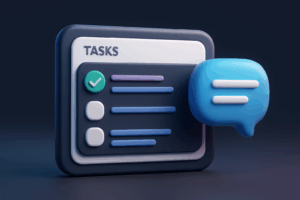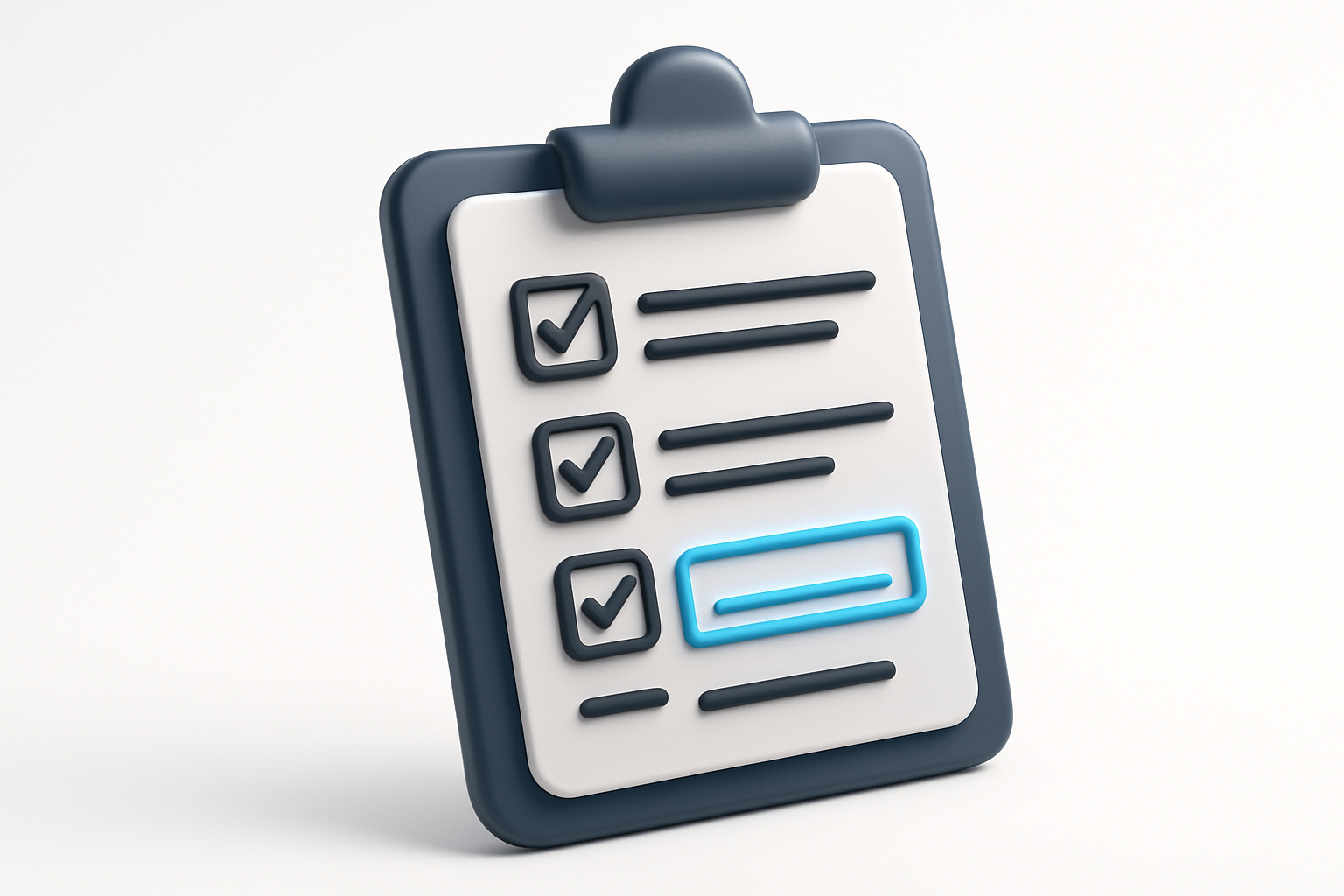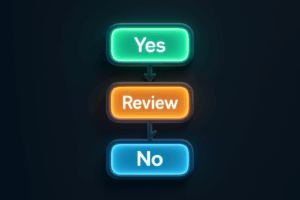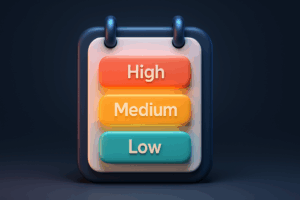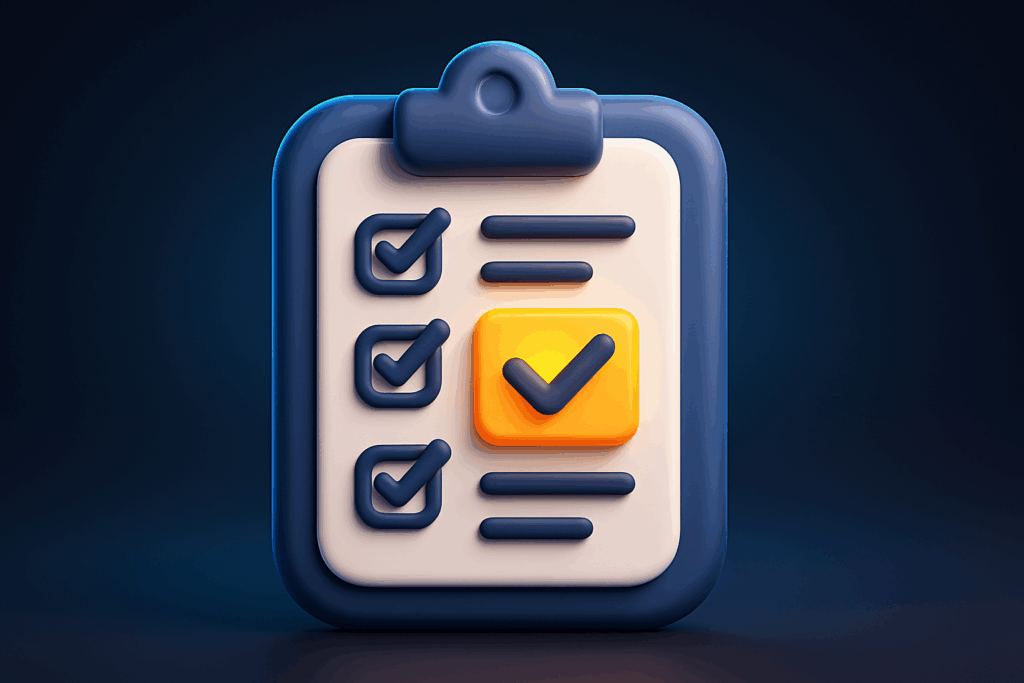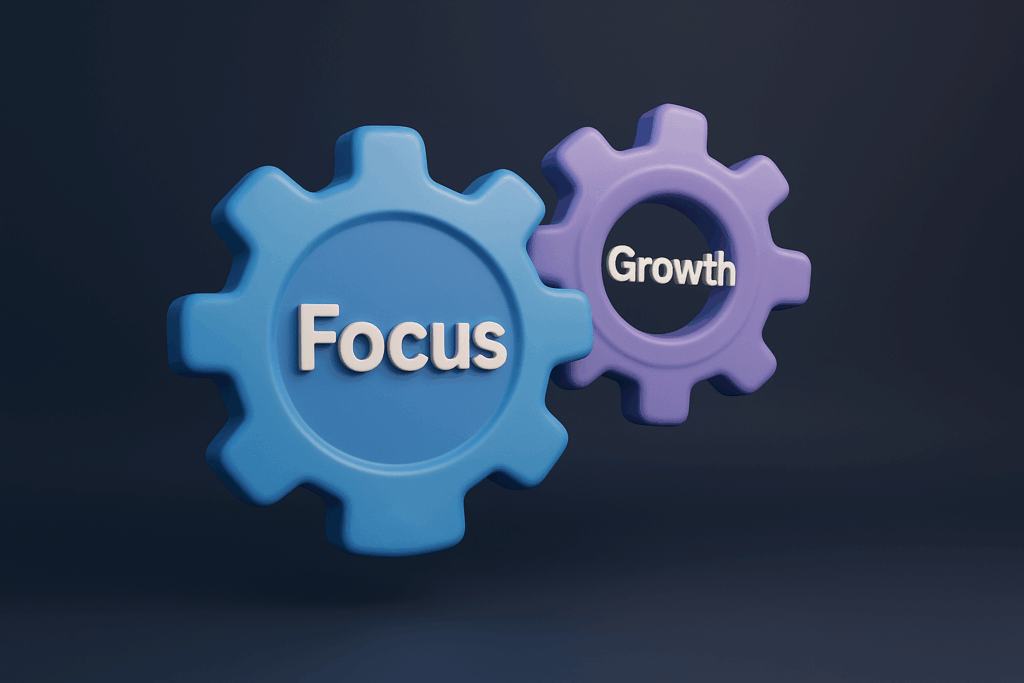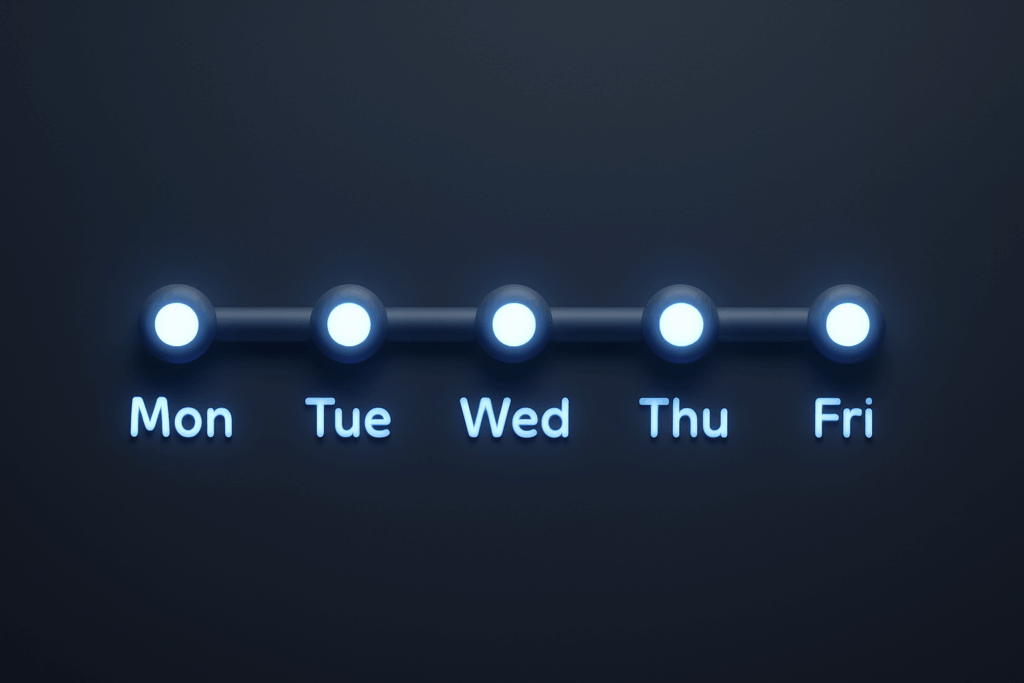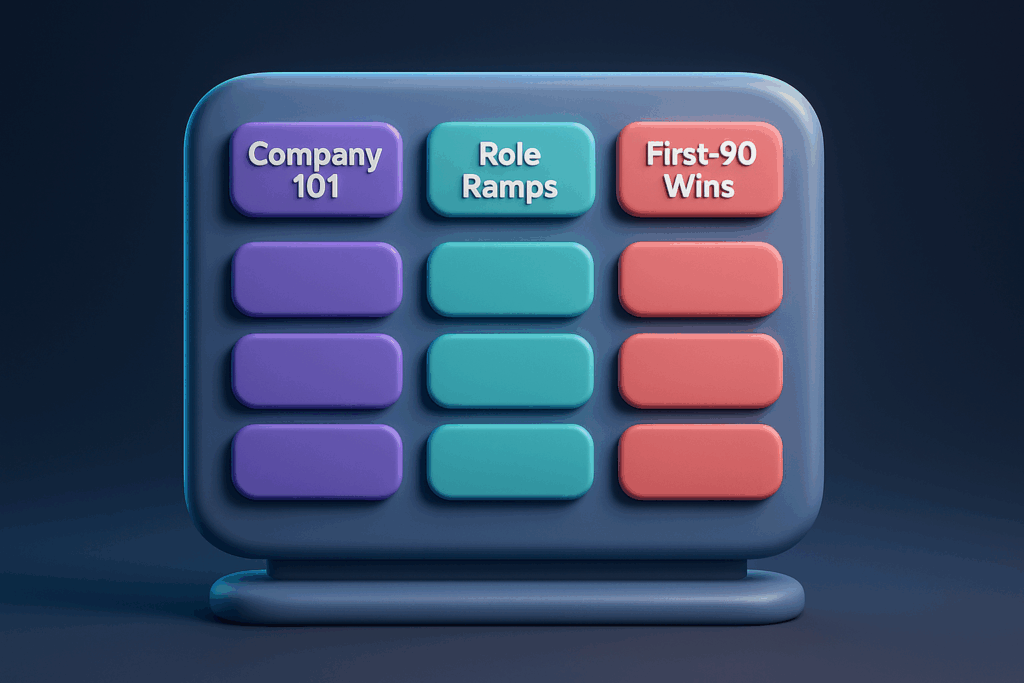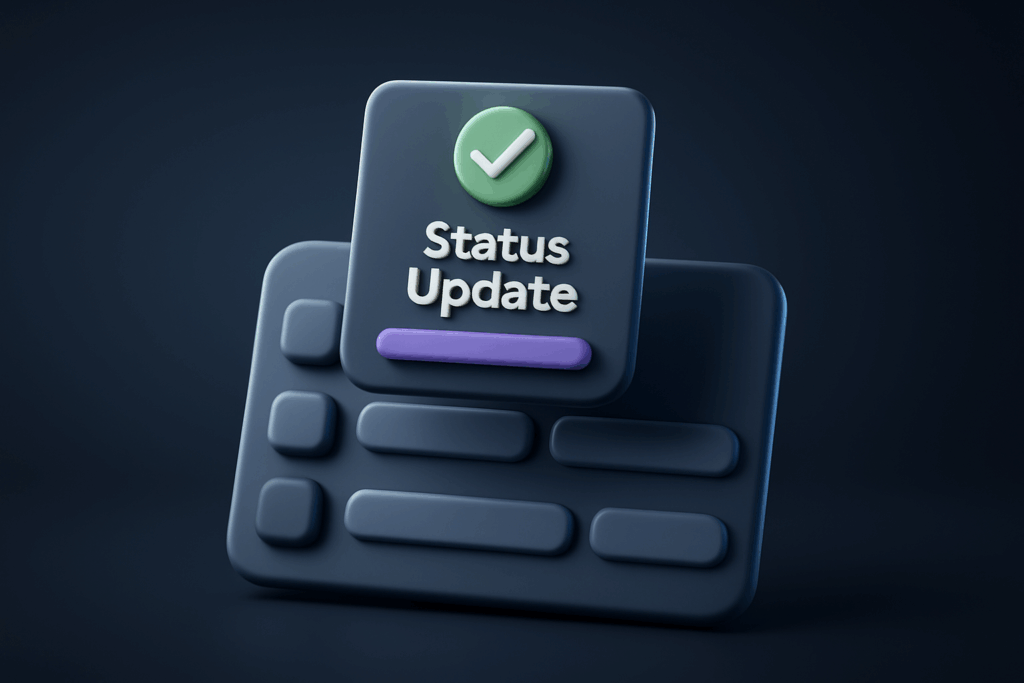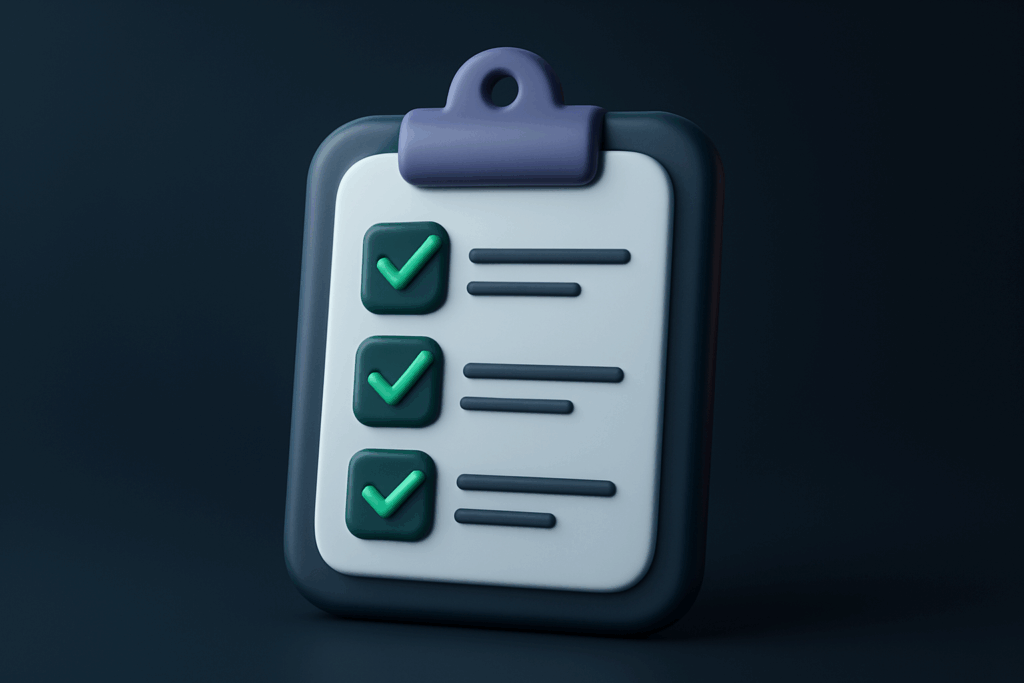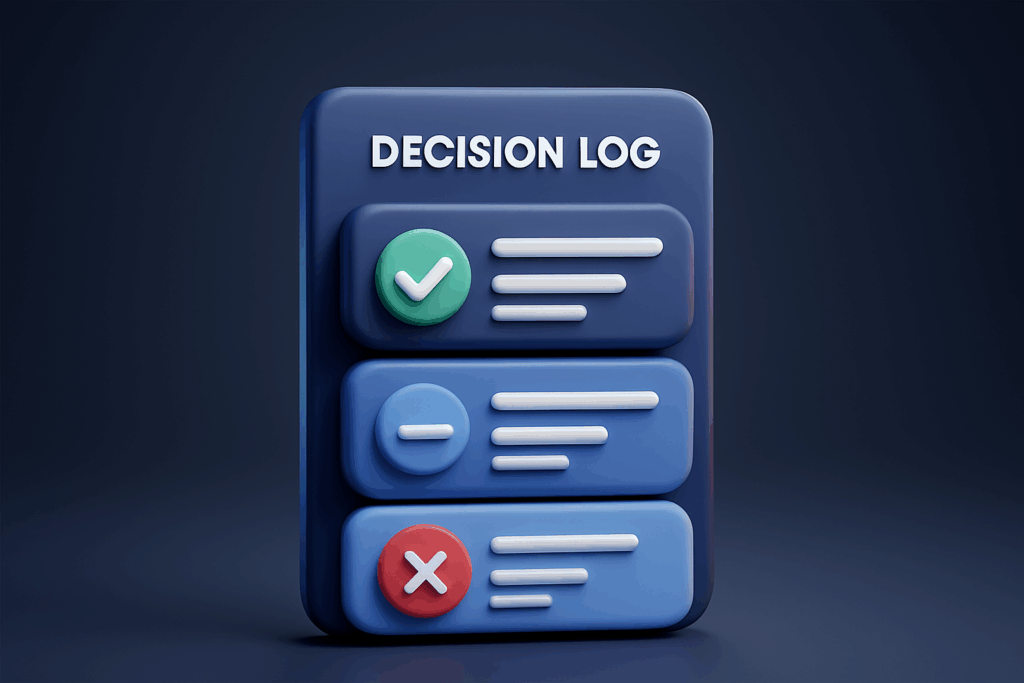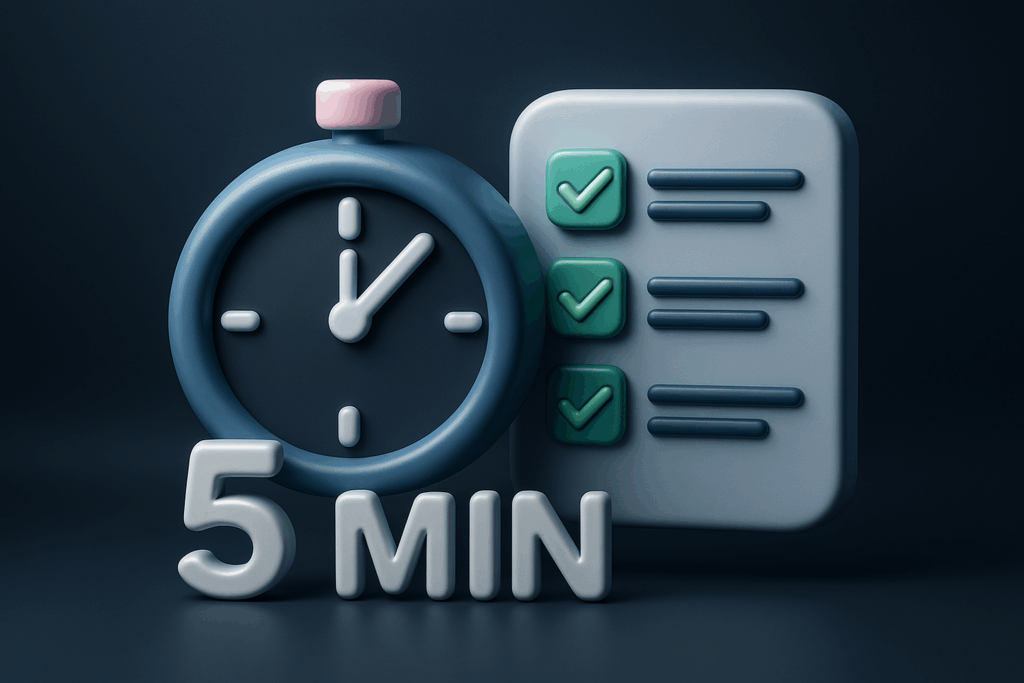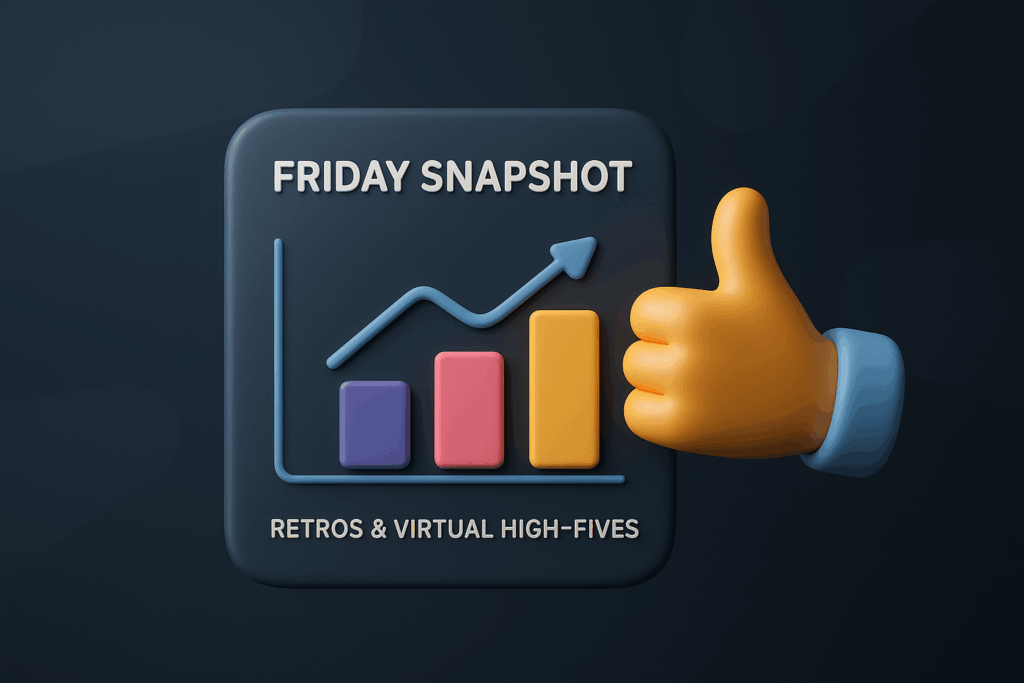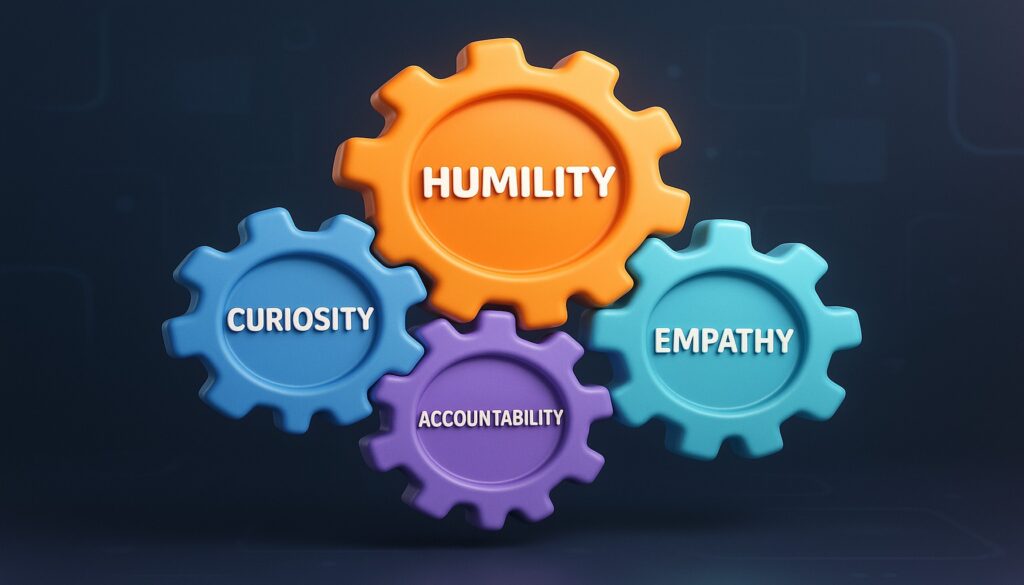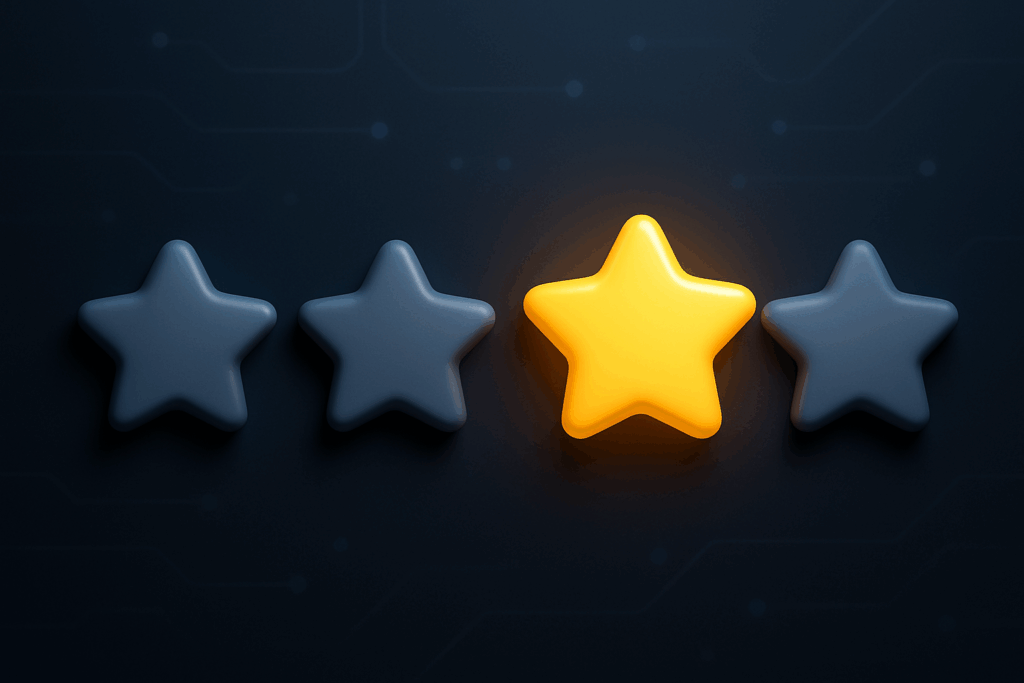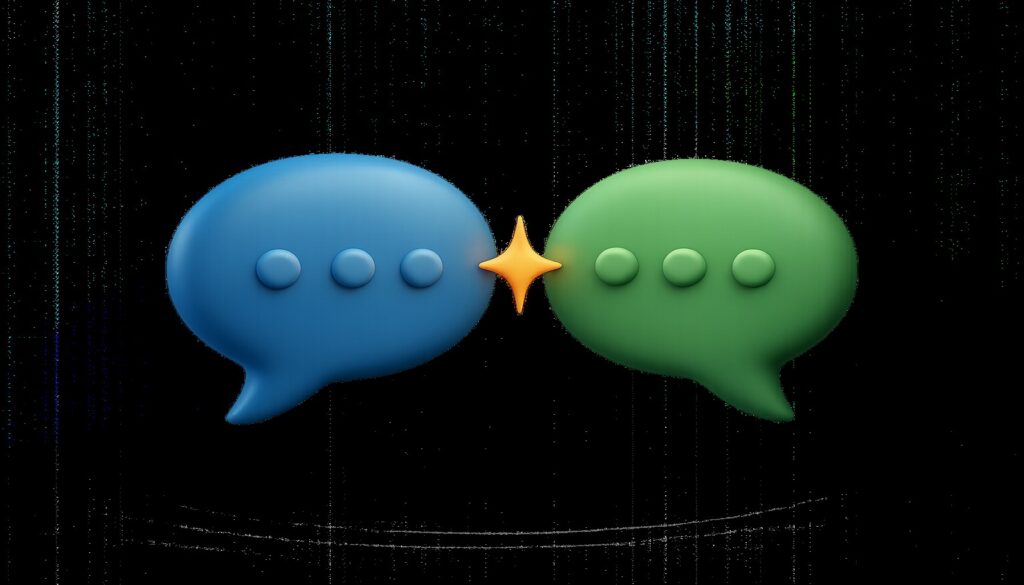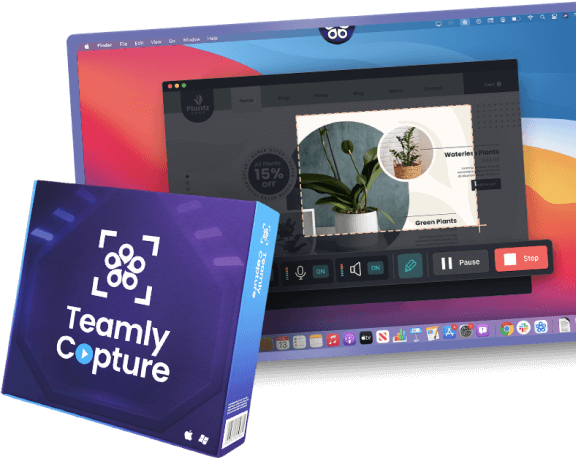When priorities pivot overnight, deadlines collide like bumper cars, and market news swings from boom to bust before lunch, your team’s single greatest edge isn’t some secret growth hack—it’s sustainable energy.
Teams that can stay sharp, upbeat, and fully charged while everyone else is riding the cortisol roller‑coaster end up out‑executing every flashier competitor.
This post hands you a proven playbook of rituals—tiny on the surface, mighty in impact—to transform resilience from wishful thinking into muscle memory.
Every tactic below has one goal: make healthy, energizing behaviors so friction‑free they happen on autopilot.
Because under pressure, willpower is the first fuel tank to hit empty. Anchor these rituals into your team’s workflow—ideally right inside a tool everyone already uses, like Teamly—and you’ll see morale rise even when headlines say the sky is falling.

Why Rituals Beat Raw Willpower
Stress does more than tweak mood; it bulldozes the very brain functions knowledge workers rely on—working memory, creative insight, and complex decision‑making.
A 2023 meta‑analysis in Frontiers in Psychology showed that high cognitive load combined with chronic uncertainty slices analytical accuracy by up to 37%.
That’s nearly four hours of an eight‑hour day wasted on avoidable fog. Rituals act like guardrails: they conserve mental glucose, reduce micro‑decisions, and build a protective rhythm that cushions shocks.
Psychologist Roy Baumeister famously described willpower as a finite resource that depletes throughout the day.
Rituals flip the script by turning beneficial behaviors—breathing resets, movement breaks, reflection moments—into automatic sequences.
Once rehearsed, the prefrontal cortex can kick back while the basal ganglia runs the show, freeing cognitive horsepower for work that actually moves revenue.
Bottom line: In volatile seasons, the question moves from “How motivated are we?” to “How well are our systems protecting our motivation?”
Daily Micro‑Rituals That Build Invisible Armor
The following micro‑rituals require no budget and almost zero setup. Layer them gently—start with one or two the first week—then stack more as the culture metabolizes the rhythm.
1. The 90‑Second Arrival Reset
Before Slack pings become a swarm, invite teammates to pause for a structured breathing drill. Use box breathing: inhale four counts, hold four, exhale four, hold four. Neuroscientists at Stanford’s Huberman Lab have linked this pattern to rapid parasympathetic activation, lowering heart rate and blood pressure in under two minutes. Rotate a “reset DJ” who drops a calendar reminder and kicks off the exercise with a camera‑off timer.
2. Spotlight the Win‑of‑the‑Morning
Momentum loves evidence. In the first stand‑up, each person shares a micro‑victory from the last 24 hours—no achievement too small. Framing progress early floods the brain with dopamine, making daunting tasks feel quicker to tackle. Bonus: log these wins in a shared Teamly checklist so patterns of excellence become searchable tribal knowledge.
3. Micro‑Breaks Every 52 Minutes
The Draugiem Group’s famous study (tracked via DeskTime) found the highest performers worked in 52‑minute sprints followed by 17‑minute breaks. Equip crews with simple timer extensions or Teamly’s focus‑block prompts. The break itself matters more than its length—stand up, stretch, refill water, peer outside. Consistency trains the body to expect renewal, reducing that end‑of‑day crash.
4. Two‑Sentence Journaling
Reflection cements learning. Ask teammates to jot two sentences before shutting laptops: one lesson learned, one thing they’re grateful for. Researchers at the University of Oregon found that a brief gratitude practice improves sleep quality by 10% and reduces self‑reported stress within two weeks. Encourage folks to keep the entries private or drop insights into a “gratitude” channel—both paths yield dividends.
5. The Digital Sunset
Blue light and blast‑radius notifications crush sleep architecture. Set an explicit work tech off‑ramp: all project chat quiet-hours start 30 minutes after close‑of‑business. Use Slack’s native schedule‑send so late‑night brainstormers can type guilt‑free without triggering anyone’s phone. Guarding sleep is the cheapest performance enhancer on the market.
6. 3‑Minute Mobility Snack
Circulation fuels cognition. Every afternoon, push a group calendar nudge: “Mobility Snack ⏳ 3 mins.” Encourage neck circles, wrist stretches, hip openers—whatever counters desk posture. Over a month that’s an extra hour of movement, enough to slash back‑pain complaints and boost afternoon alertness.

Weekly Renewal Habits That Refill the Tank
Daily rituals stabilize; weekly rituals supercharge. They create strategic altitude, letting teams detect energy leaks before morale plunges.
1. Monday Mapping
Block 30 minutes for a fast triage: wins, roadblocks, and top three priorities. Resist slide decks—use a shared doc and spend 10 of those minutes removing low‑value tasks. Cognitive science calls this “decision pruning,” and it’s vital during high uncertainty.
2. Wednesday Walking 1:1s
Movement meetings break echo chambers. A University of Stanford study reports a 60% boost in creative ideation when participants walk. Free the video feed, switch to earbuds, and walk. Ask each other: “What felt heavy this week?” and “Where do you need wind in your sails?”
3. Friday Energy Retro
In 15 minutes, each teammate rates their battery 1–5 and names one action that charged or drained them. Capture trends in a shared spreadsheet. If meetings consistently sap energy, you now have evidence to redesign them.
4. No‑Meeting Maker Mornings
Pick one morning—Tuesday works well—and embargo meetings for four hours. The shared quiet car effect multiplies focus. Track completed deep‑work tasks and celebrate the velocity spike.
5. Team Learning Hour
Allocate one hour per week for collective learning. Rotate hosts: one week a junior dev demos a new debugging trick; the next, a marketer unpacks a campaign post‑mortem. Shared learning fosters psychological safety and cross‑pollinates know‑how.
6. Micro‑PTO Pulse
Invite everyone to schedule at least one half‑day off each quarter for personal errands or downtime. Tracking usage surfaces silent burnout (unused PTO is rarely a brag; it’s a warning sign).
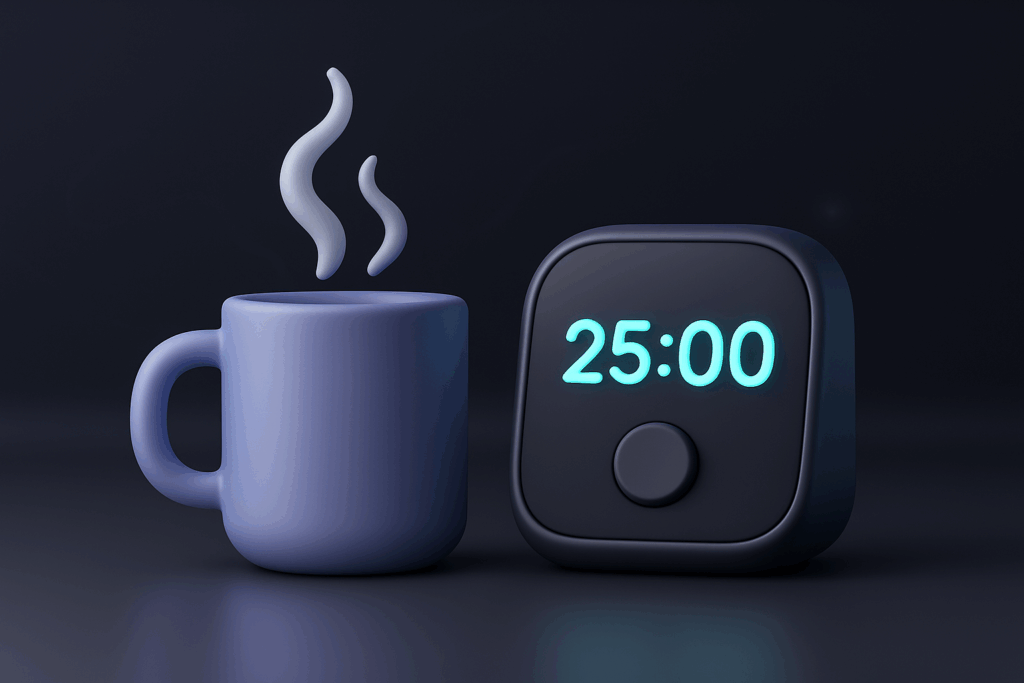
Crafting a Culture That Rewards Recuperation
Rituals collapse without cultural scaffolding. The following levers reinforce habits until they’re second nature.
- Model visibly. Leaders join the breathing reset, log their own battery score, and post a photo of their Wednesday walk. Visibility beats policy.
- Integrate with tooling. Automate recurring timers, focus blocks, and check‑ins inside Teamly or whichever platform houses day‑to‑day work. Shrink context switching to zero.
- Storytell the wins. Every sprint review, highlight a project delivered on time and under stress because the team protected its energy. Connect results to rituals so people see the causal chain.
- Iterate with data. Drop any ritual that feels performative. Survey sentiment quarterly: “Which habit feels like busywork?” then refine.
- Protect boundaries. Praise folks who decline after‑hours pings, not those who answer them. Culture is defined by whom we celebrate.

Measuring & Sustaining Team Energy
Peter Drucker’s adage holds: what gets measured gets managed. Add one quantitative and one qualitative signal per ritual, then review monthly.
| Signal | How to Capture | Cadence |
|---|---|---|
| Battery Rating | 1–5 score in Friday retro | Weekly |
| Focus Velocity | Tasks shipped during Maker Morning | Weekly |
| Meeting Load | Total hours per person (calendar export) | Monthly |
| Slack After‑Hours Pings | Channel analytics | Monthly |
| PTO Balance Burn | HR dashboard | Quarterly |
Supplement the dashboard with two pulse‑survey prompts: “I finish most weeks feeling energized” and “Our rituals help me recover quickly from setbacks.” Track trends, not spikes.
Building the Feedback Loop
- Share the data. Display energy metrics in a public dashboard—transparency breeds trust.
- Link patterns. Correlate dips with product launches, re‑orgs, or macro shocks. Context reveals cause.
- Tweak rituals. Maybe 52‑minute sprints become 60, or the learning hour moves from Friday to Wednesday. Stay curious.
Case Study: The Phoenix Sprint
Last year, SaaS startup Phoenix CRM faced a triple whammy: VC funding pullback, customer churn spike, and an urgent roadmap overhaul.
Morale slid, features lagged, burnout soared. They piloted three rituals—Monday Mapping, micro‑break timers, and Friday Energy Retros—inside Teamly for one quarter. Results:
- Product cycle time dropped from 26 days to 19.
- Employee eNPS rose 14 points.
- After‑hours Slack posts fell 41%.
Teams reported feeling “protected” even while sprinting.
Leadership noted clearer visibility into real workload versus perceived capacity. The kicker: churn stabilized as feature velocity rebounded, giving Phoenix room to secure extension funding.
30‑Day Implementation Roadmap
Week 1: Roll out the 90‑Second Arrival Reset and set up box‑breathing reminders in Teamly. Conduct a pre‑survey on energy levels.
Week 2: Add Win‑of‑the‑Morning and the 52/17 focus block timer. Introduce meeting embargo for one morning.
Week 3: Launch the first Friday Energy Retro and start collecting battery scores. Kick off Wednesday Walking 1:1s.
Week 4: Share the initial dashboard, highlight quick wins, and co‑design improvements. Celebrate the ritual champions publicly.
By day 30, your rituals will feel less like novelties and more like guardrails. The dashboard will surface early ROI, making it easy to secure executive buy‑in for scaling.
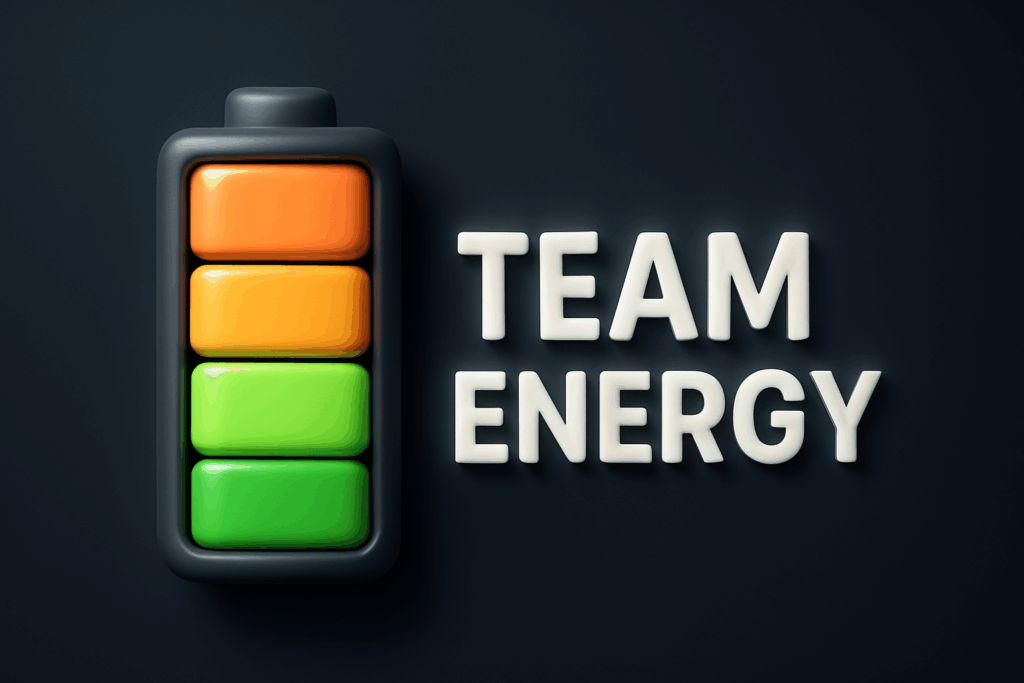
Make Resilience a Reflex
Chaos never asks permission before barging in, but teams armed with resilience rituals treat turbulence as just another variable—manageable, even motivating.
Anchor the habits, protect the cadence, and let energy compound. Your crew will move from firefighting to fireproof, shipping bold work precisely when the market needs steady hands most.






